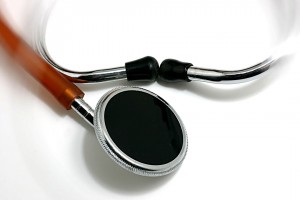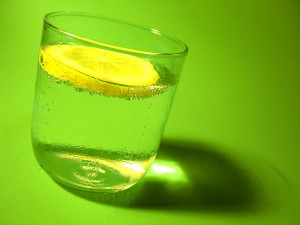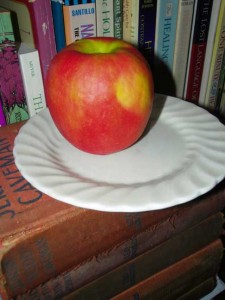 Passions about agave run deep these days. It’s popular with vegans (it comes from a plant, not a bee). It’s really sweet but isn’t synthetic (like aspartame or sucralose). And it’s super hip (used in cutting-edge cocktails and raw desserts). Its boosters promote it as a traditional, natural sweetener that doesn’t spike blood sugar like regular cane sugar or maple syrup, and that contains inulin, a fiber that supports healthy gut flora.
Passions about agave run deep these days. It’s popular with vegans (it comes from a plant, not a bee). It’s really sweet but isn’t synthetic (like aspartame or sucralose). And it’s super hip (used in cutting-edge cocktails and raw desserts). Its boosters promote it as a traditional, natural sweetener that doesn’t spike blood sugar like regular cane sugar or maple syrup, and that contains inulin, a fiber that supports healthy gut flora.
However, a number of articles have also presented agave as a much less desirable sweetener. Coming from trusted alternative-news sources (Andrew Weil, Joseph Mercola, the Weston A. Price Foundation) as well as more conventional sources (the Wall Street Journal, the Los Angeles Times), they present it as highly processed, and critique the high amount of fructose present, likening it to the much-maligned high-fructose corn syrup (HFCS) – perhaps even worse. Continue reading









